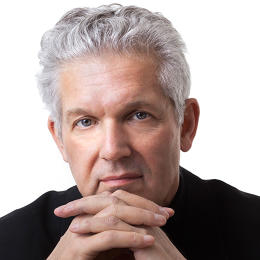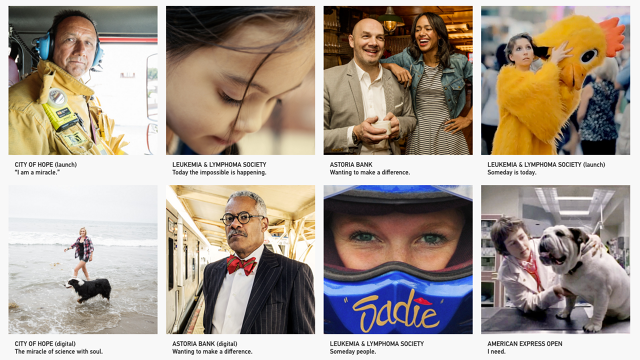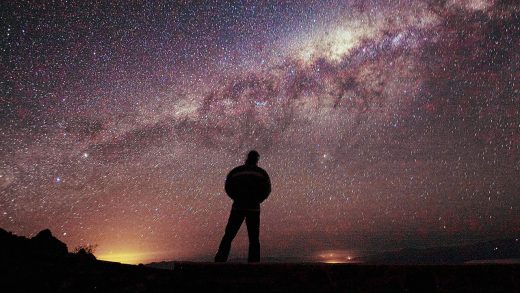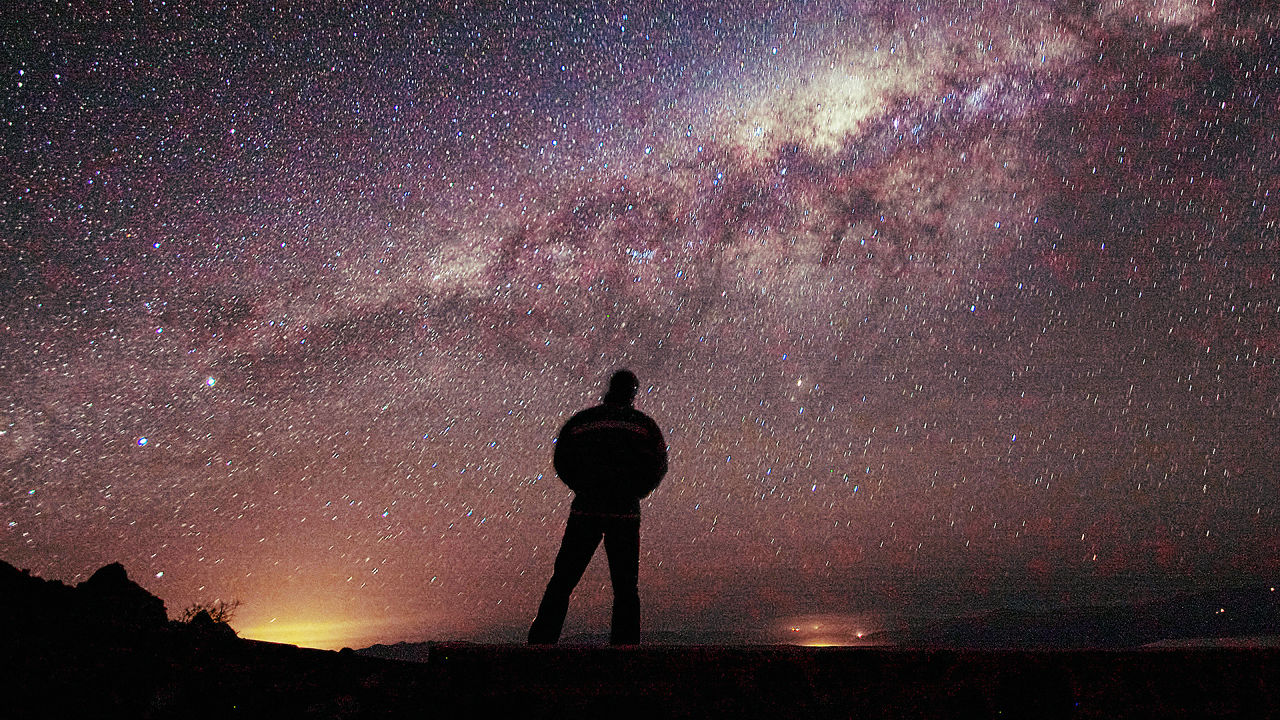What Middle-Aged Career Reinvention Looks Like
It was when Bruce Lee was working on the bent-penis project that he started to wonder about the direction of his career. It was 2011. Lee, an adman who happens to share a Kung Fu master’s name, had opted to go freelance in recent years, which had proven lucrative enough. But the projects were frustrating.
He was rounding 60 and had already had a big career. His fondest memories were perhaps of his time at Scali, McCabe, Sloves, where he’d spent three years in the ’80s as creative director; it was the place where he recalled being consistently rewarded based on craftsmanship and the quality of the work. He went on to a series of other executive creative director gigs at major agencies like Wunderman and OgilvyOne.

In the late 2000s, Lee decided to try his hand at freelancing. He’d always envied the high-priced freelancers he’d used to hire himself. He teamed up with an old colleague named Jill McClabb. But by the time they got the bent-penis assignment, the bloom was off the rose.
It wasn’t that the subject matter failed to interest. Quite the opposite: Lee had become quite invested in the project, which raised awareness around Peyronie’s disease (and “it’s not funny—it’s terrible,” says Lee). Rather, it was that as a freelancer for hire, he didn’t have any power. He didn’t have control. He did good, creative work, and the people who hired him picked it to death; the work never even ran.
“They’d pick at little things in the creative, and pretty soon there’s no more creative left,” recalls Lee.
After a particularly frustrating meeting, he walked back to the narrow room reserved for freelancers. (In earlier phases of his career, he’d had big, grand offices. Now he shared cramped quarters with McClabb and three other freelance teams.) That was when it hit him.
He looked at McClabb and said, “How would you feel if we started our own agency, and didn’t have to deal with this bullshit anymore?”
Soon enough, they started thinking about other people to call. They thought about Andy Semons.
By 2011, Semons was in his early 50s, and also at a frustrating moment in a long ad career.
Semons is a “third-generation ad brat,” he says (his father and grandmother were both in the business), “born to be in the business.” He started his career at agencies like Grey and McCann, then spent long stretches of time at DDB and Ogilvy (where he met Lee).

Those first years were great fun, but after that, he had a disappointing series of experiences. “Everywhere I went from Ogilvy on,” he recalls, “it was always one year after a major acquisition by a holding company.” The environments were stifling. He spent the late 2000s bouncing around a few different agencies, landing at G2. Then, in April 2011, G2 let him go.
So Semons went to see an advertising recruiter, well known in the business—”she’s kind of like a Mama Rose type from Gypsy,” he says. But as the meeting wore on, Mama Rose said something frustrating.
“‘This is the way it’ll go,’” he recalls her saying. “‘I’ll find you a $300,000-$350,000 a year job, but you’ll be in a meeting and you’ll say something someone doesn’t like. And they’ll be looking to cut costs later, someone will remember what you said, and you’re gonna be calling me again.’”
“I was pissed off,” Semons recalls of the meeting. “I was like, ‘Are you telling me, at this point in my career, when I’ve done some of the greatest work, and my skills are so good . . . that I’m kind of washed up?’” He fumed as he walked away from the meeting. Is she telling me old people have no place in this business? he thought. I just don’t believe that!
Meanwhile, recalls Lee, he kept hearing the same thing again at again at agencies. “You’re not a digital native,” people told him.
Semons chimes in: “That was secret code for saying, ‘You’re old.’” Both felt a new techno-rhetoric had come to serve as a fig leaf for ageism.
It took another year or so for the idea of forming their own shop to fully coalesce.
Semons, Lee, McClabb, and a fourth adman named Joe Dessi would regularly go out to eat at an Italian restaurant in the Flatiron called SD26. The gang reached out to former contacts, and soon they had a lead: One former client had become the senior marketing director at the Leukemia & Lymphoma Society. The woman had been tasked with sourcing a “brand film,” a seemingly small job.
Semons went in to speak with the marketing director about this brand film. Well, asked Semons, what does your brand stand for? The marketing director couldn’t answer succinctly. Soon, she gave Semons and the others access to the entire C-suite of the organization, where they conducted in-depth interviews and learned precisely what the Leukemia & Lymphoma Society did.

“Before you knew it, we had put together a really solid pitch, with a creative manifesto and everything else,” recalls Semons. “This ‘give us a brand film’ assignment became an agency-of-record assignment.” They wound up redesigning the website, making print, TV, and radio campaigns. And without middle management picking apart their ideas, they worked fast, too.
“The work swept through the entire company,” says Lee. “Donations went up by 50%,” says Semons.
Their new agency had to have a name. They called it Interplanetary.

Interplanetary has grown over its four years of existence (a fifth partner, Chris Parker, works remotely from Idaho), but remains a small agency. It has had just six clients to date, and currently only four active ones. Lee and Semons say that after years at big agencies hunting big game, they prefer working with modestly sized clients. “When you work with clients” of a smaller size, says Semons, “you work with them as if you’re on their staff. You have access to the whole C-suite. It becomes a richer, more integrated experience.”
Interplanetary did “around $5 million” in revenue last year, says Semons. “None of us are making the big, huge salaries we were making at the big shops, but we’re keeping the lights on quite nicely,” he says. (They have around 25 people in their employ, mostly consultants on contract.) They aim to double in size, “but none of us ever want to get so big that we can’t be as involved in doing the work as we actually are. What we love to do is make ads. We love the business of advertising. I don’t think any of us want to get so big that we can’t do that anymore.”

The partners have at last put together a new phase to their career where they’re rewarded again for the quality of their work. And they don’t have to constantly be looking over their shoulders. Lee says in his executive creative director jobs from his past, he got so used to thinking, Where’s the knife gonna come from today? that he didn’t even notice that it was the first thought that filled his mind when he woke up.
Now that he’s a partner in his own shop, that worry has gone away. “I do not think about it anymore,” he says peacefully. “I think about work, or I think about what I think about.”
(30)














